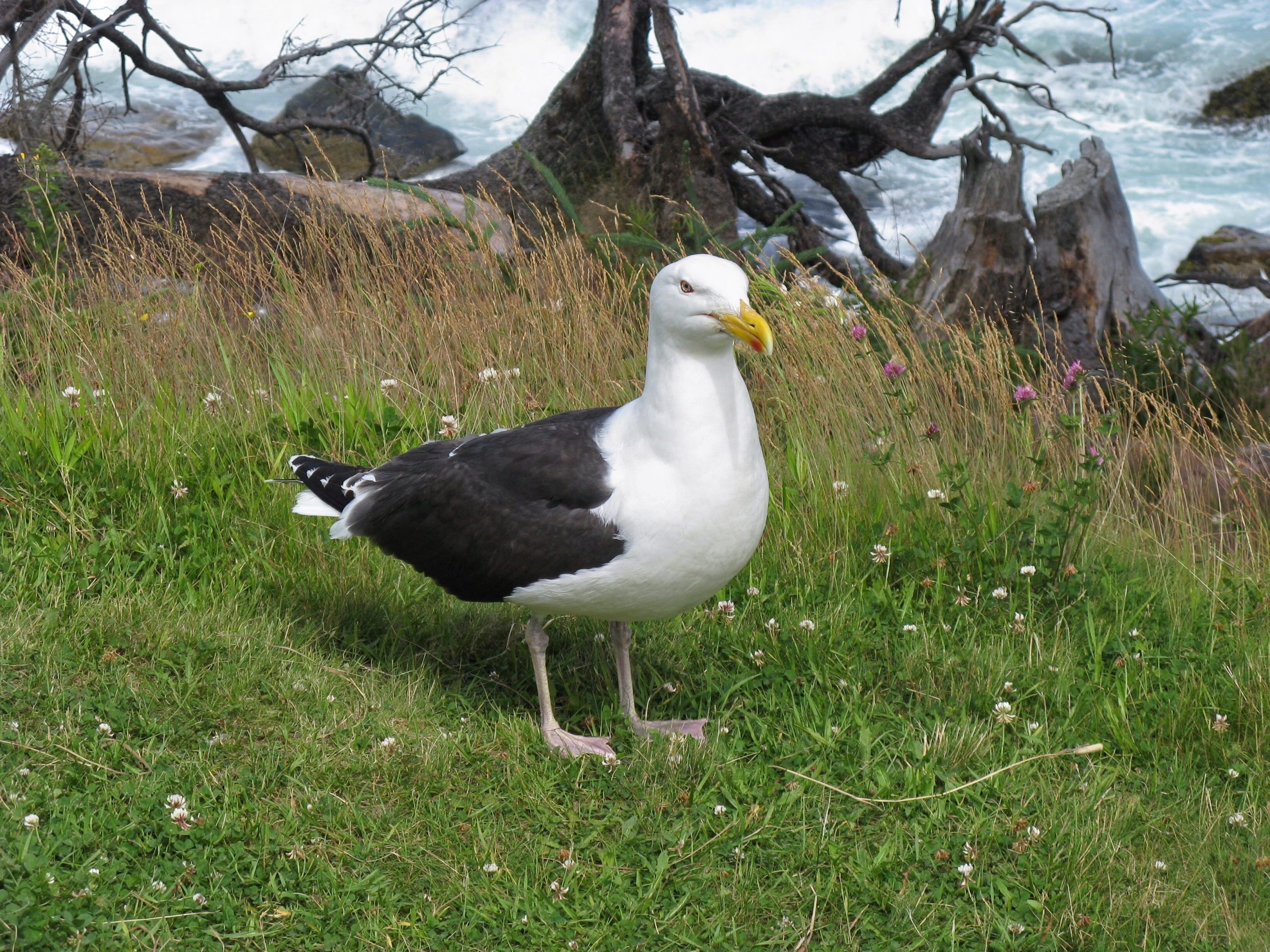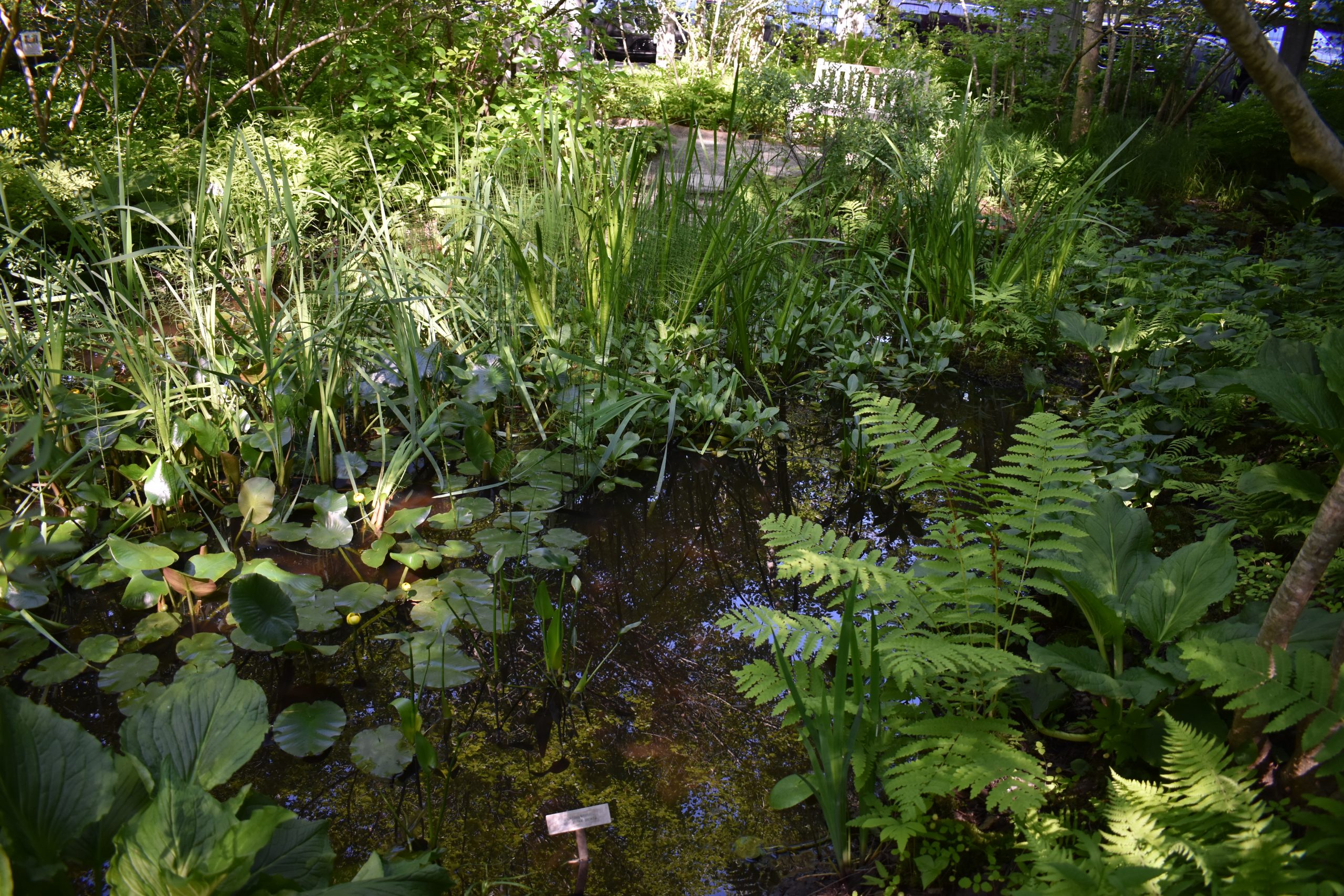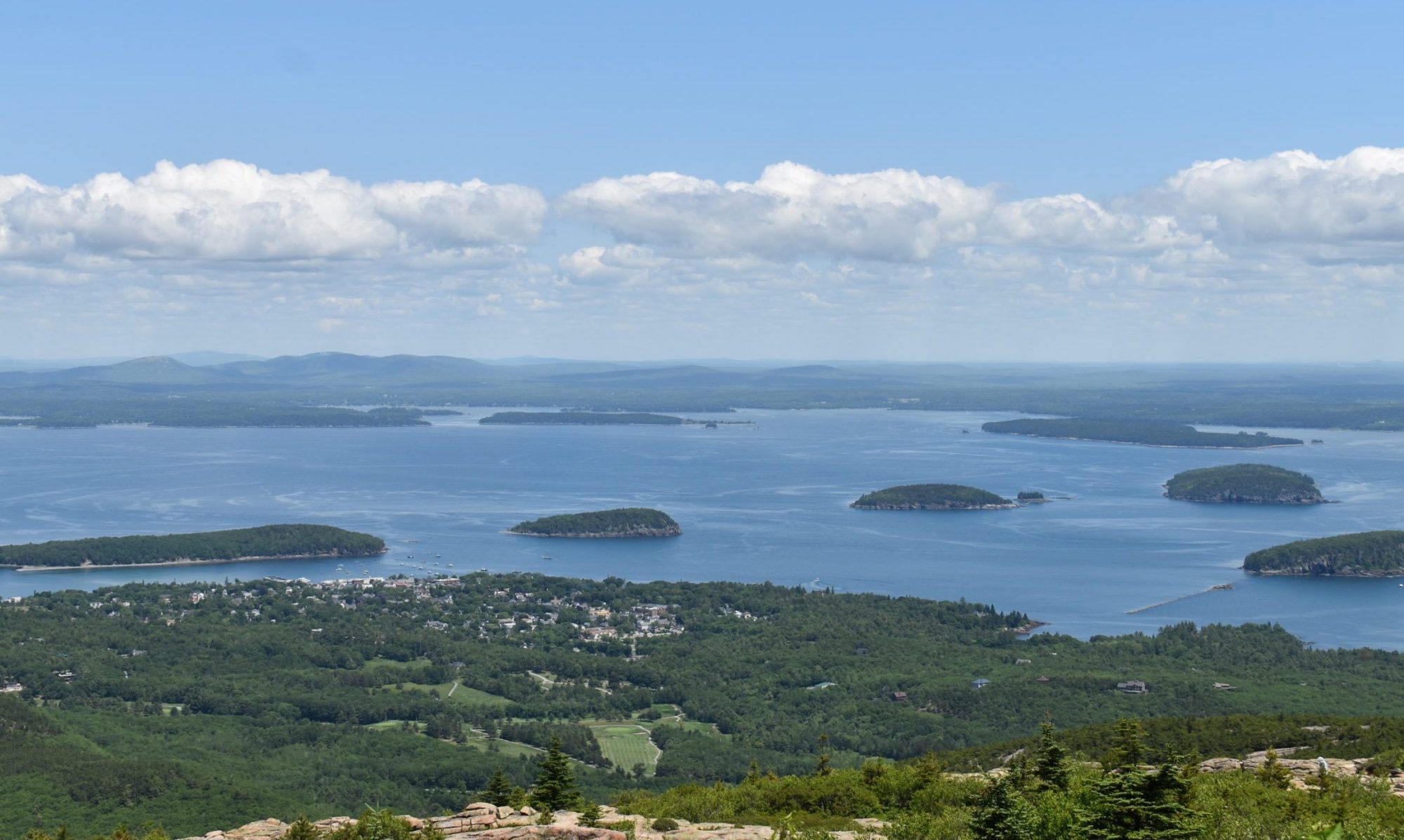Animals
Acadia National Park is home to a vast array of wildlife. There are about 40 species of mammals that call the park home, as well as at least 330 species of birds, 30 species of fish, 7 of reptiles, 11 amphibians, and an unknowable number of invertebrates. Most notably, the park has an abundance of white-tailed deer, and during the summer, peregrine falcons.

A common misconception about the park is that there are moose and black bears living on the Island. While rare occurrences of these animals traveling to the park do happen, Mount Desert Island is not an ideal living space for these species, and they usually stay away. A handful of other mammals, however, find Acadia National Park to be the perfect place to call home. These include beavers, racoons, meadow vole, red foxes, and snowshoe hares.
Many of Acadia's ocean animals live in the intertidal zone. The intertidal zone is the area between high and low tide. The best places to explore the animals that inhabit this area is in tide pools. Tide pools are temporary water pockets that are home to various plants and animals during low tide. These animals include sea stars, dog whelks, sea cucumbers, sea urchins, and more. Other marine animals found at the park include lobsters, whales, and seals.
Another common place to find wildlife in Acadia is the sky. Acadia is home to over 330 diverse bird species. Some of these include peregrine falcons, Atlantic puffins, common loon, osprey, bald eagle, blackburnian warbler, herring gull, great shearwater, common eider, arctic tern, and black guillemot.
Want to Learn More About Acadia's Animals?

Check out the links below to find out more about the amazing animals wondering around Acadia National Park.
Plants
Along with a diverse collection of animal inhabitants, Acadia National Park has a extensive assortment of plant life. There are over 1,100 plant species within the park along with a wide range of ecosystems supporting them.

One common plant type often spotted in Acadia's lush forests are mosses. Because they love moisture, you can find them growing on rocks, trees, and along stream beds. They appear almost as a spongey carpet and help reduce erosion in areas where it grows. When hiking, try to avoid stepping on moss as it is quite fragile.
Other plant types found in Acadia's forests include grasses, ferns, wildflowers, trees, and shrubs. Because Acadia is in a boundary area between two different forest zones, eastern deciduous forest and northern boreal forest, it has a mix of oaks, maples, ash, birch, sycamore, beeches, cedar trees, hemlocks, pine trees, and cypress trees. Beneath these trees are where the grasses, ferns, wildflowers, and shrubs fight for sunlight and food. Wildflowers commonly found include the wild lily-of-the-valley, the bunchberry, the goldthread, the bluebead lily, the starflower, and the wild blue iris.
An often overlook, but extremely important part of Acadia's ecosystem are its freshwater and marine plants. From freshwater lakes to saltwater marches and rocky coastline, the park's aquatic vegetation keeps its wildlife alive and well. Some of these freshwater and marine plants are common arrowhead, horned bladderwort, fragrant water-lily, and rockweed.
To see a wide variety of these beautiful plants, make sure to visit the Wild Gardens of Acadia. This garden includes over 400 indigenous plant species and is a wonderful experience for children and adults alike.
Want to Learn More About Plants in Acadia?

Check out the links below to find out more about the diverse ecosystem of plants covering Acadia.

